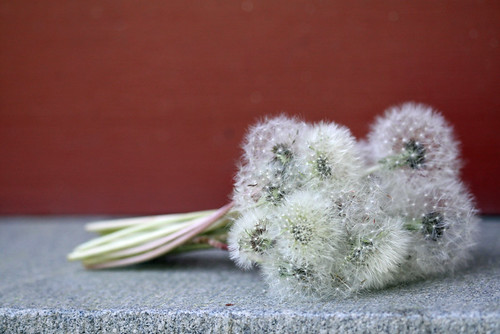Do you think it’s true that each step we take, no matter how enormously life-changing it seems at the time, merely serves to prepare us for the next step – one unimaginable before we took the first?
I started this blog in order to provide myself with some form of accountability, and (hopefully) others with useful or interesting material for their own writing journeys.
In order to amp up the former, I have decided to keep a daily account of what I write, with the stated intent of writing something every day – aiming for 500 words.
I freely admit that I shamelessly poached this idea from RobynInNZ.
However, given my propensity for Weaselling Out, I feel the need to lay down a few ground rules.
1) Writing out someone else’s words does not count. (Nor does “blah blah blah” – unless in Morning Pages.)
2) Shopping lists and to-do lists do not count, unless presented in a recognised poetic form (e.g. sonnet, villanelle, pantoum, limerick)
3) Diary/journal* entries and Morning Pages do count, as do blog entries (177, 178).
4) Private letters do count (should I be sufficently motivated to tally the words), but emails do not, unless Sparklingly Composed. Because these are my rules and I can be as inconsistent as I like.
5) Manuscript pages (i.e. written by hand) are harder to word-count, and shall therefore be averaged out, per page or per line.
6) Not writing 500 words (or any at all) shall be honestly admitted to, and (very important from the Weasel perspective) no excuses will be given. Taken. Whichever.
7) Unlike the man who relieved himself in a crocodile-infested river, there shall be no half-assedness. (Donations to medical charities operating in third world countries will be Highly Commended, and may earn a day’s respite from word-counting.)
So: Monday – wrote page in journal (101 words). Tuesday: wrote 2 1/2 Morning Pages (502 words) and this blog post (387 words) for a total of 889.
889 words and counting…
And a question for you all: Which is preferable as a reader, lots of short blog posts (a sentence, a paragraph) or a longer post once or twice a week?
Comments on this or indeed on anything else related or interesting are welcomed.
*Does anyone else find it strange that diary carries the connotation of daily entries, when journal doesn’t – even though they both come from root words meaning day (diarius, Latin, and jour, French)?











